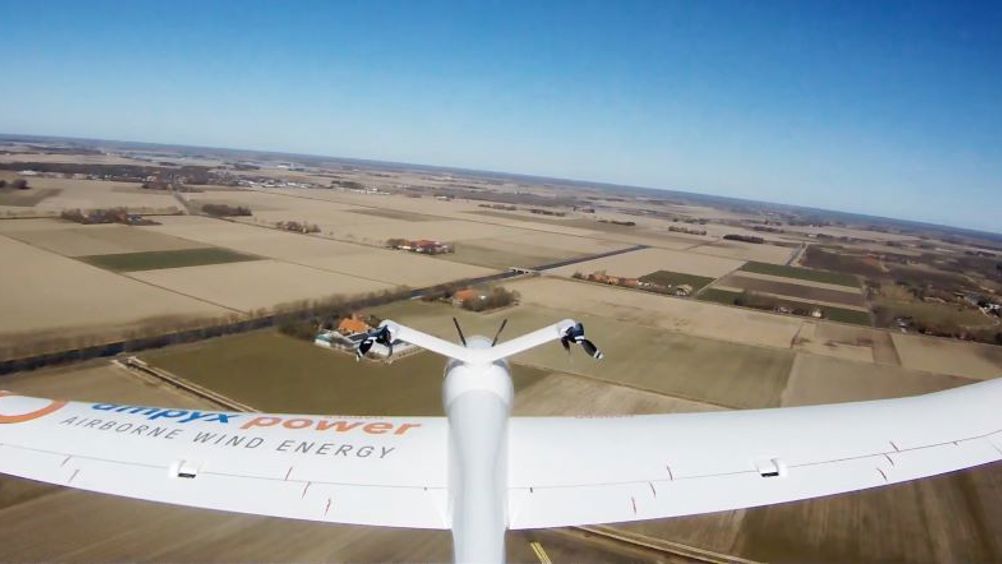ESA funds autonomous drone navigation system
A company that plans to generate electricity via tethered autonomous drones has received European Space Agency funding to develop a fail-safe navigation system.

Ampyx Power intends to fly its Airborne Wind Energy Systems at high-wind altitudes above 200m to turn winches on the ground that will generate electricity.
Skyports join ‘beyond visual line of sight’ UAV trials
Working with partner Omnisense, a Cambridgeshire-based developer of locating and tracking solutions, the positioning solution will be used for automated take-off and landing of Ampyx Power’s wind energy aircraft when applied offshore or over rugged terrain.
According to Ampyx Power, the aircraft launch and landing deck is smaller than the wingspan of the aircraft. High accuracy, availability, and integrity of the relative positioning between aircraft and platform is required during the final horizontal approach. This is to ensure safe landing in the case of GNSS outage.
The funding from ESA’s Navigation Innovation and Support Programme will cover the integration of Omnisense’s local positioning system into the navigation solution that will harness ultra-wideband positioning techniques. This is expected to provide 10cm of relative positioning accuracy with 100Hz update rate and an operating range up to 1km.
Register now to continue reading
Thanks for visiting The Engineer. You’ve now reached your monthly limit of news stories. Register for free to unlock unlimited access to all of our news coverage, as well as premium content including opinion, in-depth features and special reports.
Benefits of registering
-
In-depth insights and coverage of key emerging trends
-
Unrestricted access to special reports throughout the year
-
Daily technology news delivered straight to your inbox










Water Sector Talent Exodus Could Cripple The Sector
Maybe if things are essential for the running of a country and we want to pay a fair price we should be running these utilities on a not for profit...